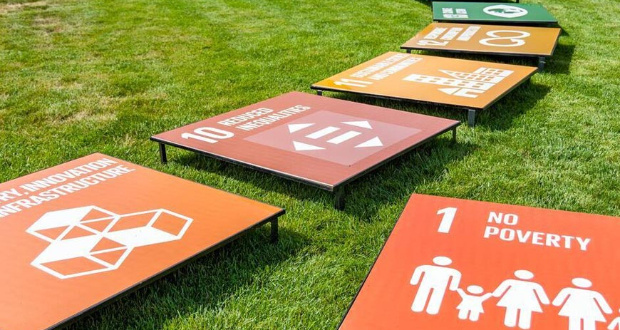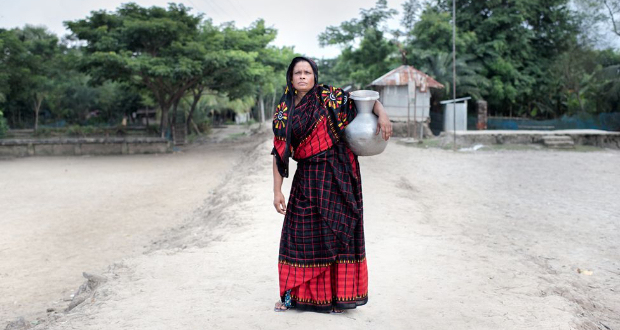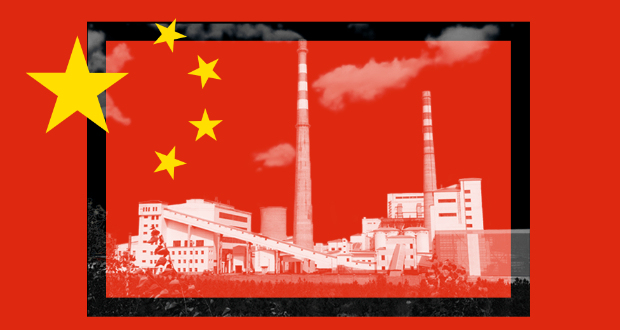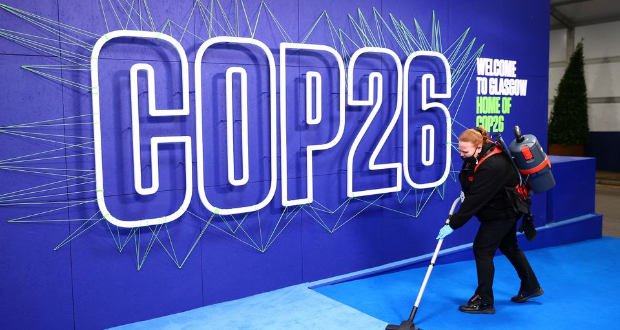The Asia-Pacific region, encompassing a diverse range of countries with varying levels of economic development, has shown a mixed response towards addressing the Sustainable Development Goals (SDGs). Accounting for more than half of the world’s population, progress towards implementing the 2030 Agenda for SDGs remains inconsistent and inadequate. On its current trajectory, progress towards many of the 17 SDGs is alarmingly slow, with nearly half showing minimal progress and over one-third completely stalled.
Estimates suggest that the prevailing SDGs will not be attained before 2062, at least 32 years behind schedule. As of 2023, the average progress towards achieving all 17 SDGs showed a slight rise from 4.4 percent in 2017 to 17 percent in 2023. Since 2015, the most substantial progress in this region has been in mitigating poverty (SDG 1) and bolstering sustainable industry, innovation, and infrastructure (SDG 9). However, the pace remains insufficient to meet the 2030 deadline.
Small Island Developing States (SIDS) in the Asia-Pacific region are among the most affected by the challenges of achieving the SDGs due to their unique vulnerabilities.
Small Island Developing States (SIDS) in the Asia-Pacific region are among the most affected by the challenges of achieving the SDGs due to their unique vulnerabilities. For instance, Maldives, Fiji, and Tuvalu face significant obstacles such as high susceptibility to climate change, limited natural resources, economic dependency on a narrow range of industries (particularly tourism), and geographic isolation. Despite some countries like Samoa showing resilience through diversified economies and robust local agriculture, the overall pace of progress for SIDS remains insufficient, with an average SDG progress rate of just 5.9 percent since 2015. This starkly contrasts with landlocked developing countries (LLDCs) in the region, which have managed a relative progress of 13 percent.




